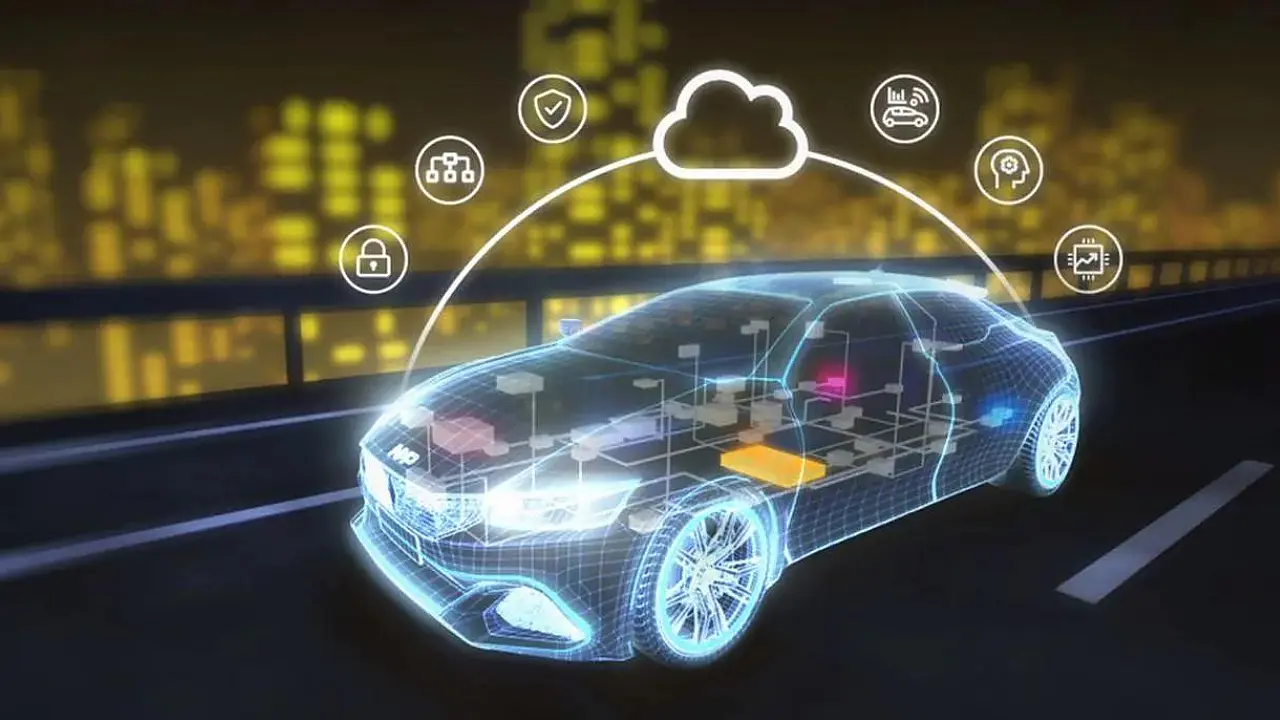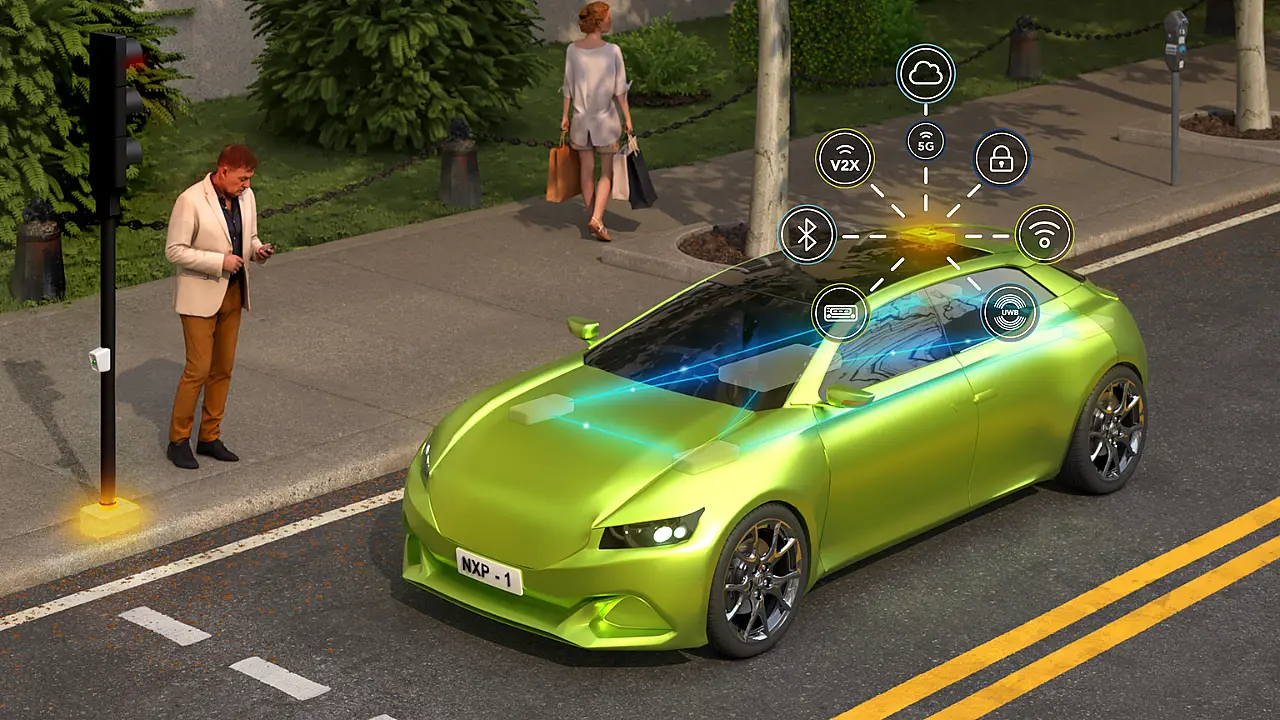
The automotive industry is experiencing a profound shift as connected cars become the norm rather than the exception. The whole automotive industry including auto makers, OEMs and especially the semiconductor players are making a collaborative effort to revolutionise the in-vehicle experience.
By harnessing the power of advanced technology and cutting-edge connectivity solutions, semiconductor players are transforming the in-vehicle experience, enabling seamless integration with personal devices, and delivering advanced infotainment features.
The concept of future cars is undergoing a transformation driven by the integration of digital features, advanced Internet of Things (IoT) technologies, and automotive operating systems, all aimed at enhancing the in-car experience. One of the key components revolutionising this experience is the digital cockpit.
A digital cockpit is an all-digital, software-defined dashboard system that provides drivers and passengers with essential information such as road maps and driver assistance features, conveniently located right in front of them. This innovative platform offers flexibility and scalability, enabling automotive manufacturers to create a unique user experience by continually enhancing features and functions through software updates made possible by the car-to-cloud connection.
By reimagining and redesigning the in-car experience, digital cockpits play a vital role in shaping the future of automobiles, delivering a safer and more immersive driving experience.
Large Global Opportunity
The auto industry across the globe is investing heavily to develop future-ready digital cockpits. According to a report by Grand View Research, the global automotive digital cockpit market is expected to expand at a compound annual growth rate of 8.8% from 2021 to 2028, with a market size valued at $19.8 billion in 2020.
Despite the challenges posed, the demand for automotive digital cockpit solutions has grown manifold. The adoption of in-vehicle telematics, infotainment systems, safety and pollution sensors, navigation, and IoT technologies are driving this demand. Additionally, the growing expectations for improved comfort, safety, and convenience in vehicles, particularly in emerging and developed economies, are fuelling market growth.
Digital cockpits are already being implemented by various automobile brands like BMW, Honda and Tesla under different names, such as “Active Info Display” or “Digital Cockpit”. Major technology companies are also invested in developing digital cockpit platforms or providing components for these solutions, including Synaptics.
Smartphone manufacturers are evaluating the automotive opportunity as well, some even planning to launch their own electric vehicles (EVs) with Apple and Google at the forefront. Smartphones are already being used as digital keys and for remote vehicle parking, providing drivers with control over heating, ventilation, and air conditioning (HVAC) systems and battery status. In-vehicle flash charging and wireless charging technologies are also gaining traction.
Improving User Experience
The demand for connected infotainment solutions and digital cockpits is on the rise in the automotive market. By the end of 2022, it was estimated that over 90% of passenger cars on the road will be connected to the internet through 5G/4G connectivity. Furthermore, four mega-trends — Connected, Autonomous driving, Shared mobility, and Electrification (CASE) — are shaping the future of the automotive industry. Irrespective of these trends, the user experience remains a common guiding principle.

In-vehicle gaming, content streaming, and personalised entertainment options are being introduced to keep passengers entertained. Startups like Drivetime are developing interactive voice-based games for drivers, while companies like Portl Media and Vugo are creating in-vehicle video screens that generate ad revenue, benefiting both ride-sharing companies and passengers. In-vehicle retail solutions, such as Cargo's transparent boxes, enable passengers to make purchases during their ride, creating additional revenue channels.
Electrification is a prominent trend in the CASE framework, and OEMs are setting ambitious targets to electrify their fleets. This shift towards electric vehicles will place a greater emphasis on in-cabin experiences as a differentiating factor for OEMs. User experiences from smart techs, such as natural language user interfaces, augmented reality, and content integration, are rapidly transitioning into the automotive domain.
Multi-modal user interfaces, including touch, gesture, haptics, voice, and audio-sensory interfaces, are expected to enhance safe driving experiences for both drivers and passengers through driver and occupant monitoring systems.
Government regulations will also drive the incorporation of additional features, such as Intelligent Speed Assistance (ISA), Acoustic Vehicle Alert Systems (AVAS), and other safety and security measures. Designing a smart cockpit system requires considering factors like personal assistance and safety, integration of various systems into one entity, frequent updates to ensure competitiveness, value for users, and the integration of biometric technologies for personalised security.
In Conclusion
Connected cars have ushered in a new era of in-vehicle experience, transforming automobiles into smart, connected devices. Through advanced connectivity solutions, these vehicles offer enhanced safety features, intelligent navigation systems, seamless infotainment, remote vehicle management, and predictive maintenance capabilities.
As technology continues to advance, we can expect further developments in the connected car space, creating a future where vehicles are seamlessly integrated into the digital ecosystem, redefining our relationship with transportation and the overall driving experience.
About the Author: Hitesh Garg is India Country Manager at NXP Semiconductors.
Also Read